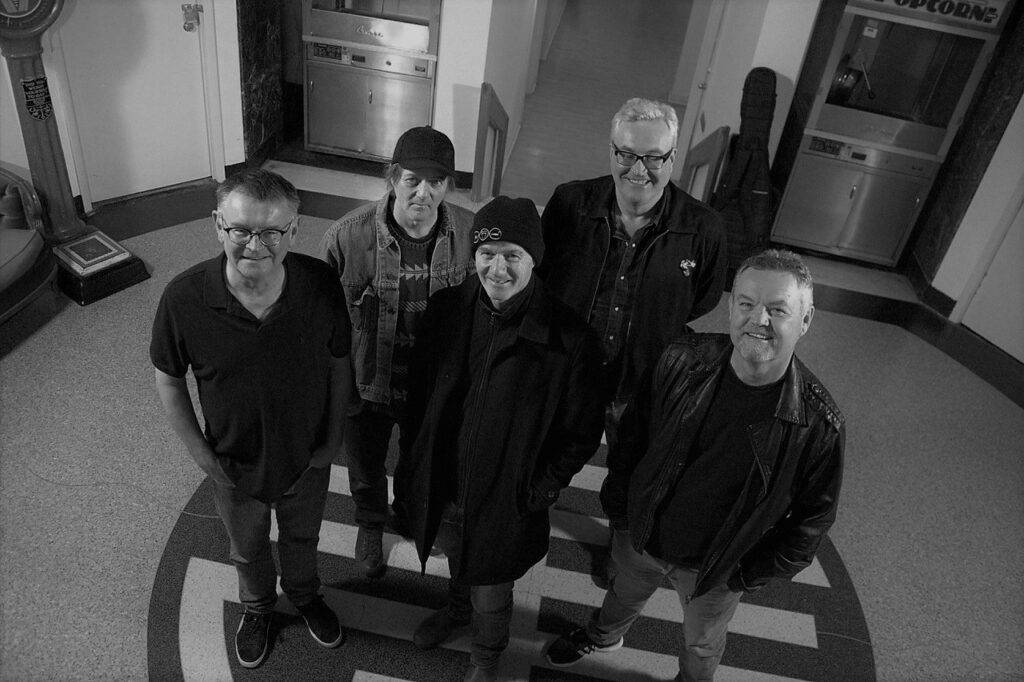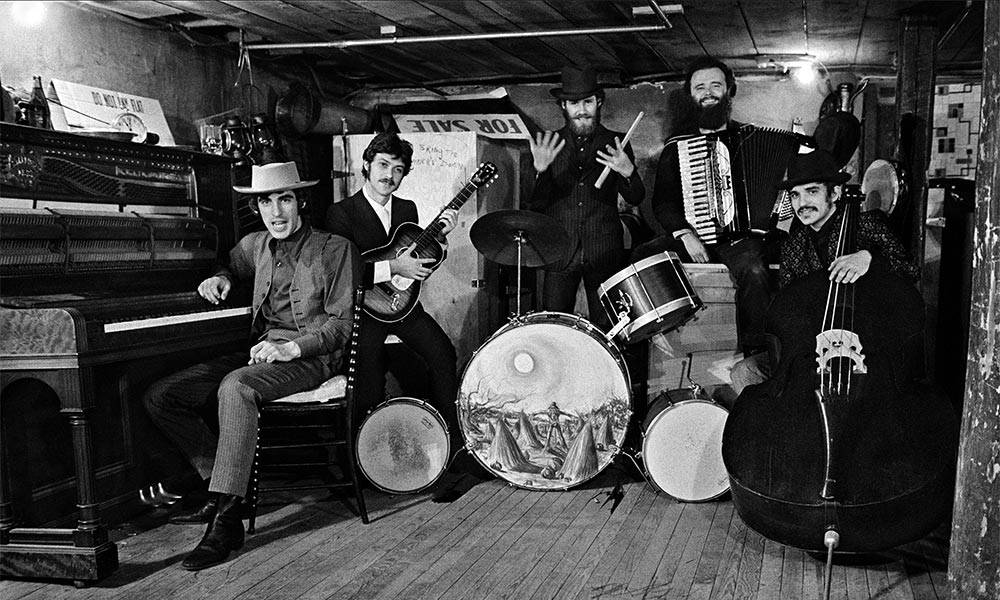
Story of the Album That Proved There Was Still Space for Weird Music in 2000s Mainstream Rock
In the 1990s, with the explosion of alternative rock, many bands with unconventional approaches to songwriting and a quirky sound had their chance at mainstream success.
This was the decade where acts like Primus, Faith No More, and The Presidents of the United States of America all had their time to shine, with music that was out-of-the-box and often just plain weird.
While nu metal continued to propel strange acts in the vein of System of a Down or Mudvayne to success well into the 2000s, mainstream rock switched to safer grounds with the rise of the post-punk and garage rock revivals.
The popular sound and aesthetic in rock music became a modern take on vintage styles, and quirky music made its way back to the underground once more.
However, with their 4th album, Modest Mouse found massive success by keeping a tight balance between their unconventional style and a great ear for melodic hooks, going on to influence most of indie and alt-rock that followed during the decade.
In tribute to the 20th anniversary of “Good News for People Who Love Bad News”, we decided to look back on how this album shaped mainstream rock and made weird music cool again for the masses.
Indie Darlings Turn Mainstream Rockers
Modest Mouse were far from an unknown band by the time they reached a wider audience, being instead household names in the indie world worthy of a cult following.
After a promising debut with the melancholic “This Is a Long Drive for Someone with Nothing to Think About” in 1996, the group made waves in the indie scene with their acclaimed sophomore “The Lonesome Crowded West” the following year.
Rooted in Isaac Brock’s cryptic lyricism and signature peculiar vocals, the band elevated themselves above their peers thanks to catchy emotional songwriting and the tight percussion of Jeremiah Green.
Modest Mouse then signed to the major label Epic Records and released “The Moon & Antarctica” in 2000, a more accessible record that expanded their sound and cleaned up the production to further acclaim.
Peaking at No. 120 on the Billboard charts, the genre-defining record became a staple of indie rock greatness, and it was thought to be unsurpassable, a notion that Brock and co. would dispel 4 years later.
Float On Turns Into Good News
In 2003, amid a nervous breakdown, Green left the fold, making Modest Mouse’s 4th album the only one where he didn’t perform, as the drummer returned to the band in late 2004 and remained in the line-up until his tragic passing in 2022.
Not only was the band’s songwriting core shaken up by Green’s departure, but Brock also lost a few close people before the songwriting sessions, leaving him devastated and casting a shadow over the recording process.
Pushing adversities aside, the band released “Good News for People Who Love Bad News” in April 2004, going on to experience their greatest commercial success yet.
The record’s first two singles, “Float On” and “Ocean Breathes Salty” (especially the former), became massive hits, propelling the album to a 2x Platinum certification with over 2 million units sold.
Modest Mouse earned a Grammy nomination for this record and became mainstream stars, with “Float On” being licensed on countless commercials to the point that it became one of the most easily recognizable songs of the decade.
A Quirky Masterpiece
Commercial success aside, how good of an album is “Good News for People Who Love Bad News”? Well, a pretty damn good one, arguably the best in Modest Mouse’s career.
Long gone are the band’s lo-fi roots, with Dennis Herring’s crystalline production making each instrument shine with enough room to breathe.
Brock’s songwriting prowess is at its peak here and his vocals are at their most unhinged and emotional, while keeping his instantly recognizable quirks and lyrical conundrums intact.
The album’s singles are great tunes that perfectly encompass Modest Mouse’s indie art wrapped in pop sensibilities, but deep cuts like the gloomy “Bukowski”, the danceable “The View”, and the intimate “Black Cadillacs” are just as good, with a special mention to the cathartic closer “The Good Times Are Killing Me”.
An incredibly diverse listen, the record goes from gentle acoustic pluckings to funk-adjacent hip-shakers and cathartic emo epics sometimes all in one song, propelled by the half-sung, half-rapped, fully heartbroken vocal delivery of Brock at his finest.
“Good News for People Who Love Bad News” is a phenomenal album that was deservingly acclaimed by critics and fans alike, and became not only a commercial success but a genre-defining moment that would impact all indie rock that followed.
The Legacy of ‘Good News for People Who Love Bad News’
With the return of Green to the fold in 2004, Modest Mouse continued to enjoy mainstream exposure with their 2007 follow-up “We Were Dead Before the Ship Even Sank”, a semi-conceptual effort with nautical themes that was well received but made a considerably lesser impact than its predecessor.
After a long gap, the band returned in 2015 with “Strangers to Ourselves” and later in 2021 with “The Golden Casket”, both efforts that were praised but also noted for their lack of experimentation.
But “Good News…” wasn’t only a career-defining moment for Modest Mouse. Instead, this resulted in a turning point for mainstream rock that seemed to have embraced the safety of the garage rock revival.
Modest Mouse delivered an album that was risky, challenging, ambitious, and above all quirky and weird in its sound, and got massively rewarded for it, becoming a household name for alternative culture in the 2000s.
Furthermore, had it not been for this album, and acts like Brand New, Cage the Elephant, and Car Seat Headrest might not have had their moments in the spotlight.
Ultimately, this is a record that earned all its accolades not only for being an incredible effort but also for being a great celebration of the value of writing weird rock that still can make a dent in the mainstream and influence a whole wave of bands to come.






Responses